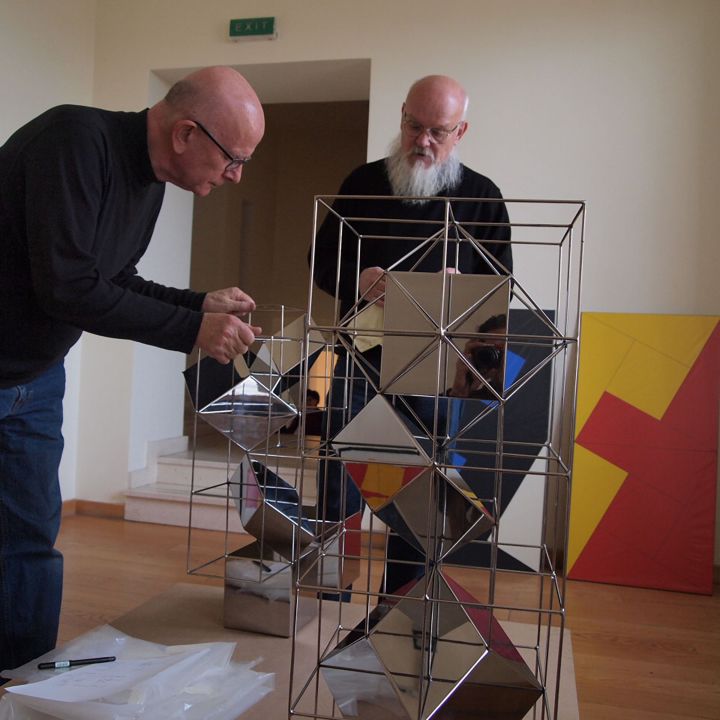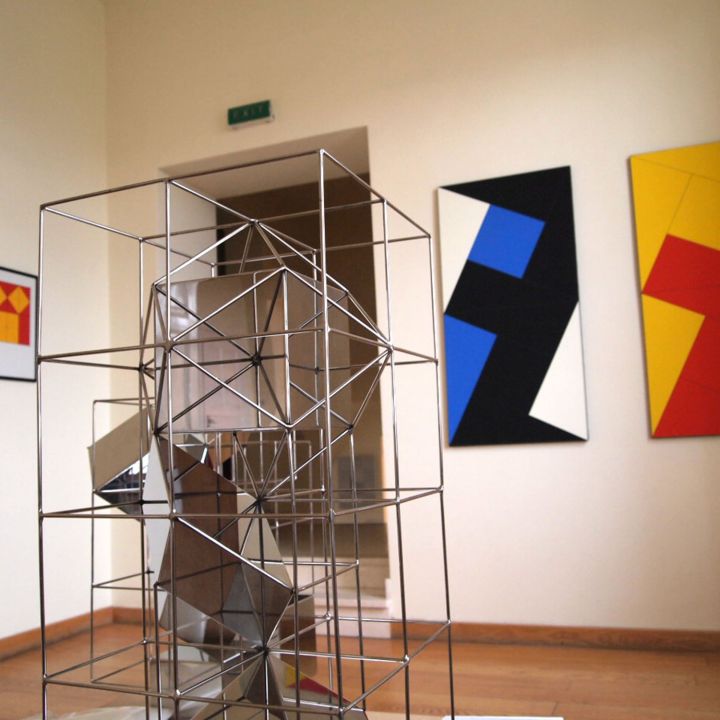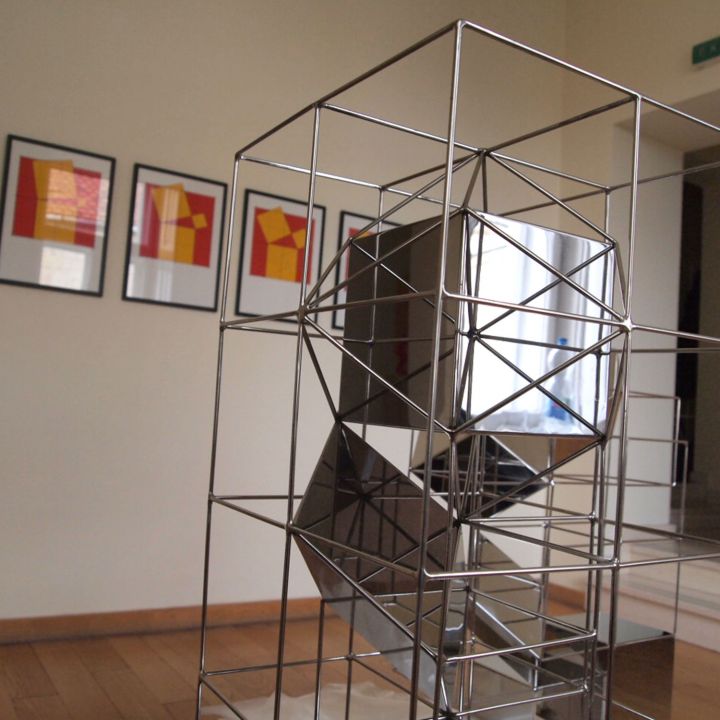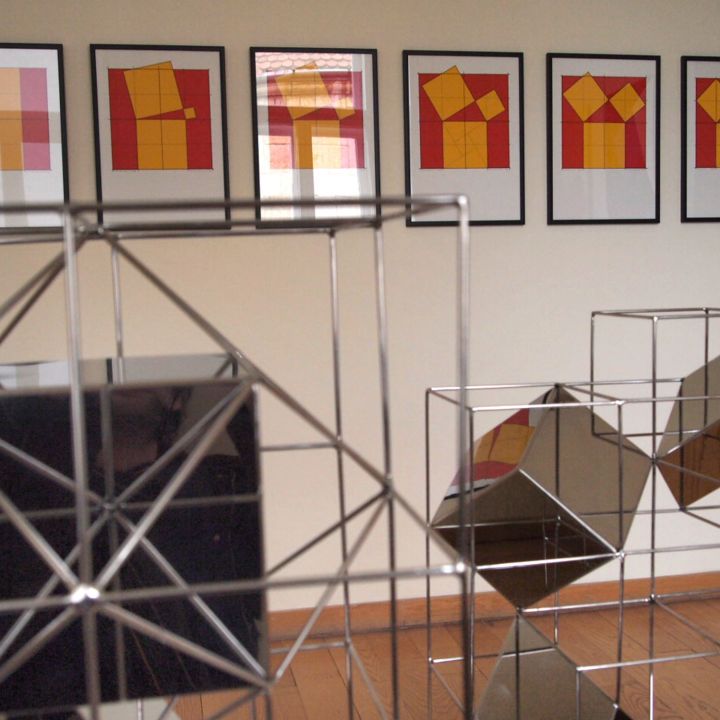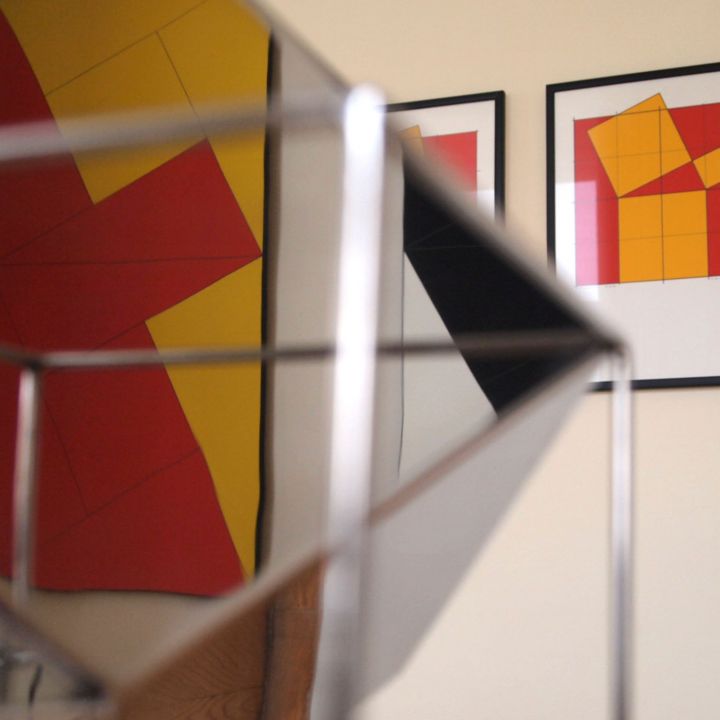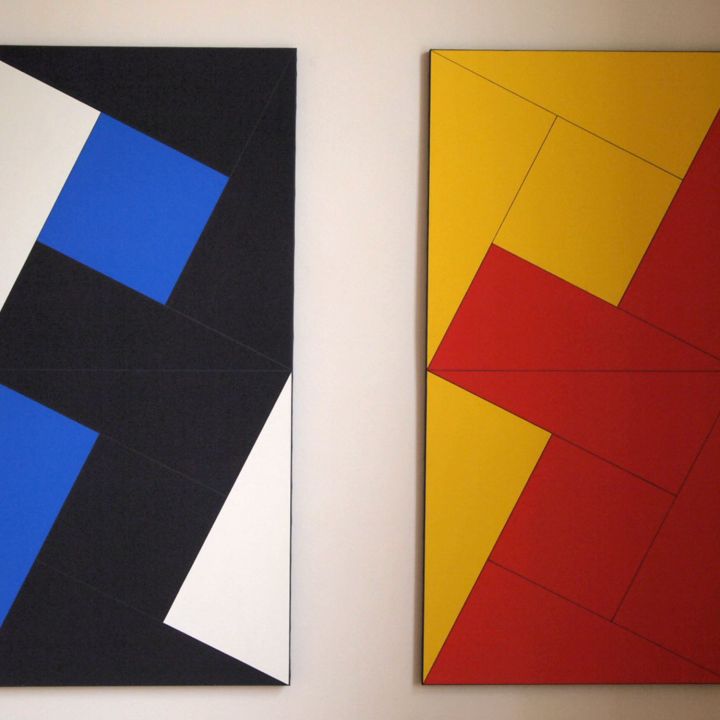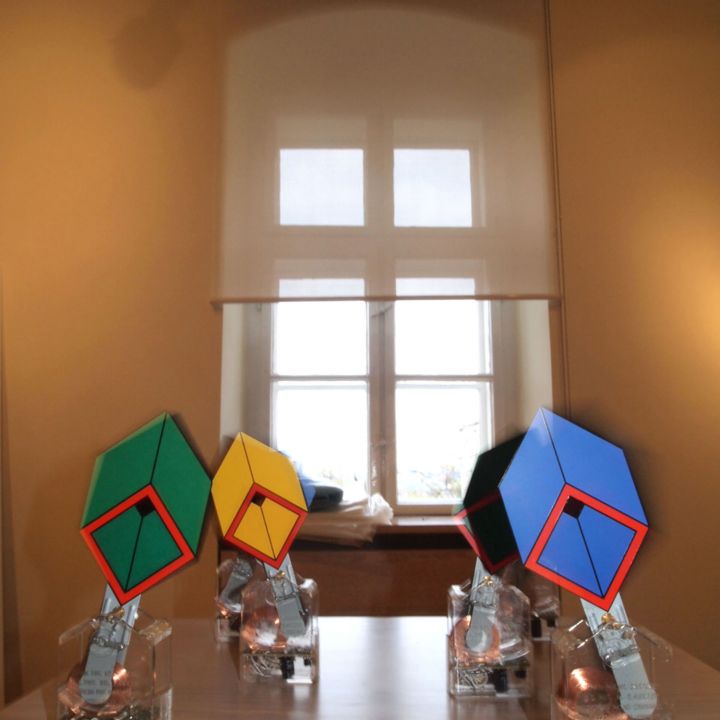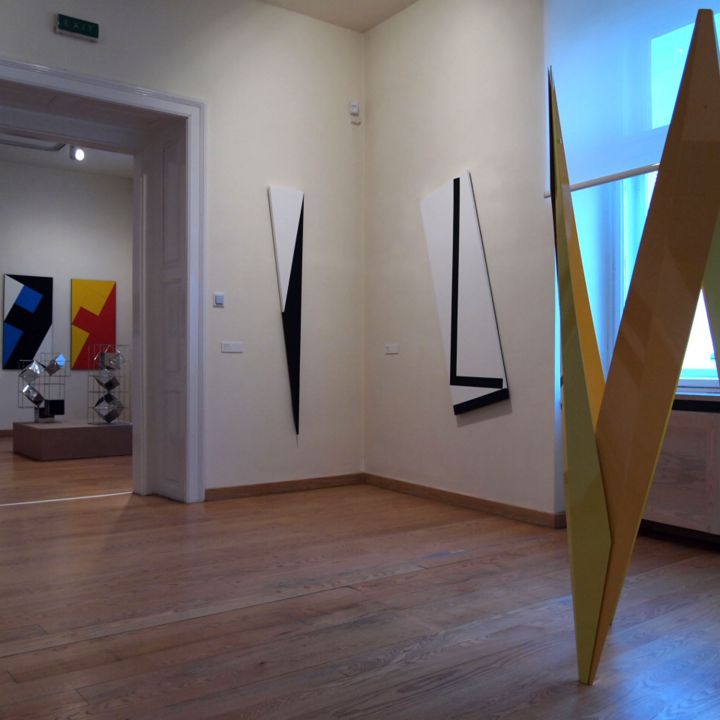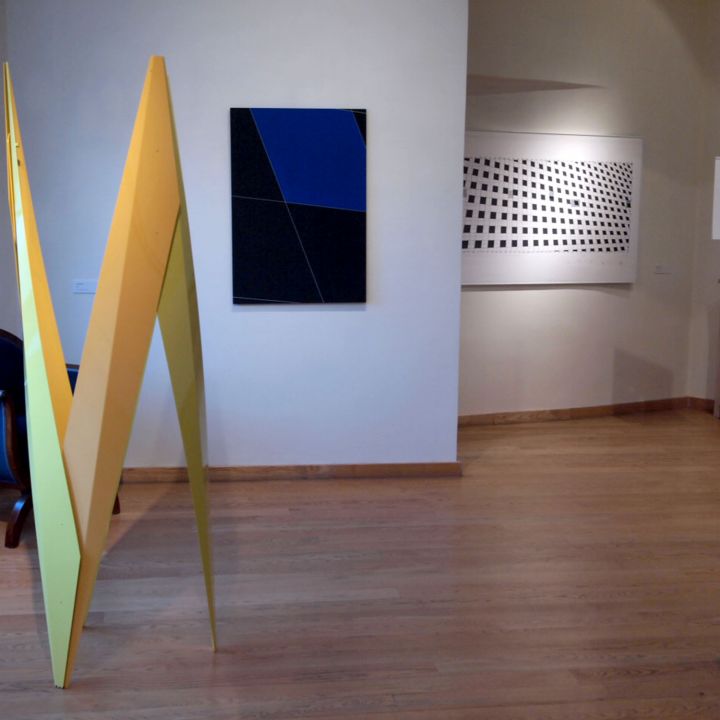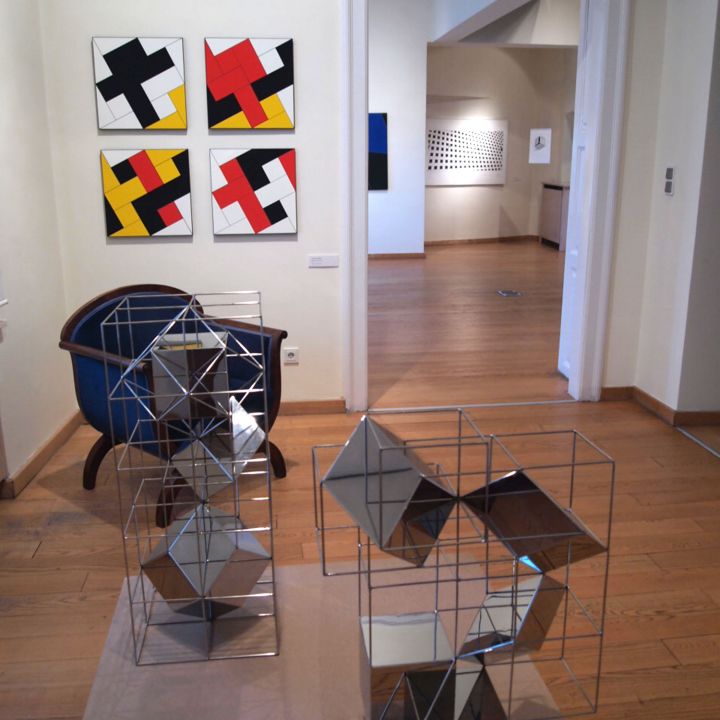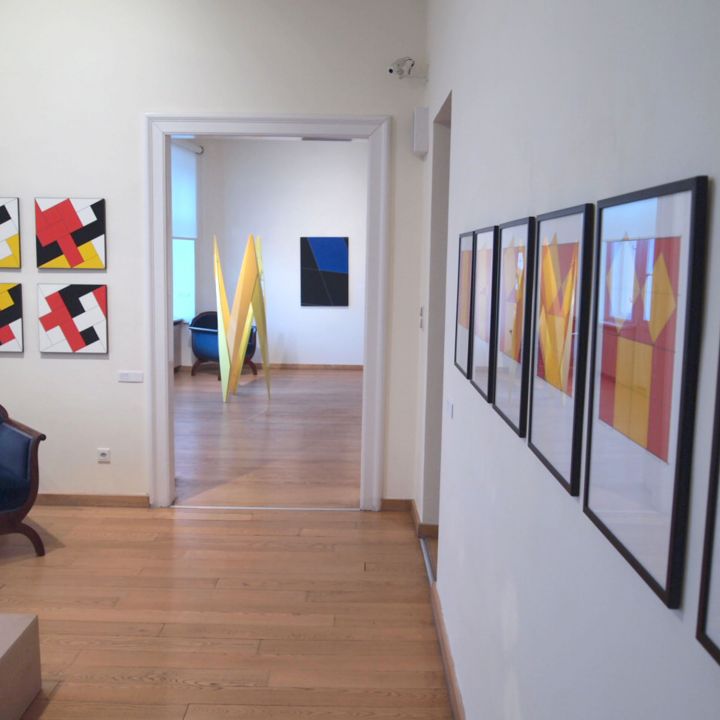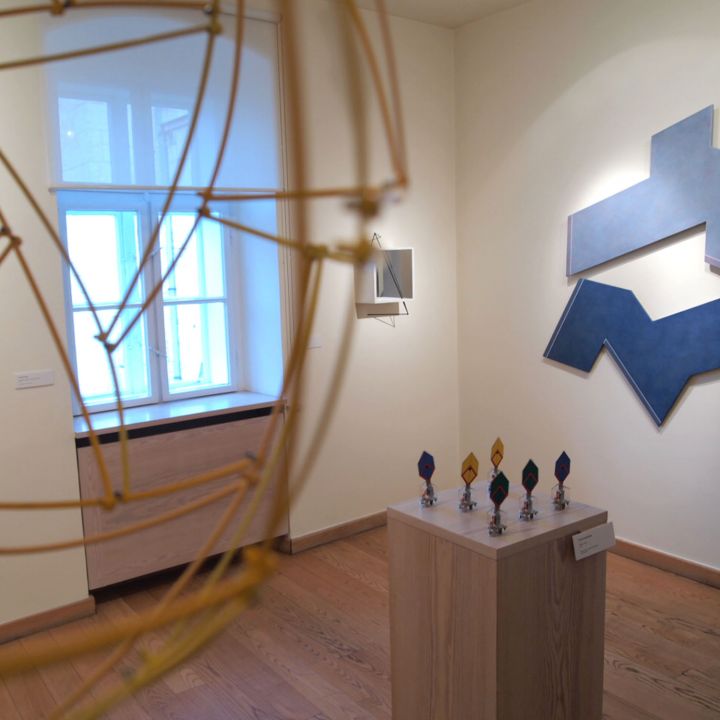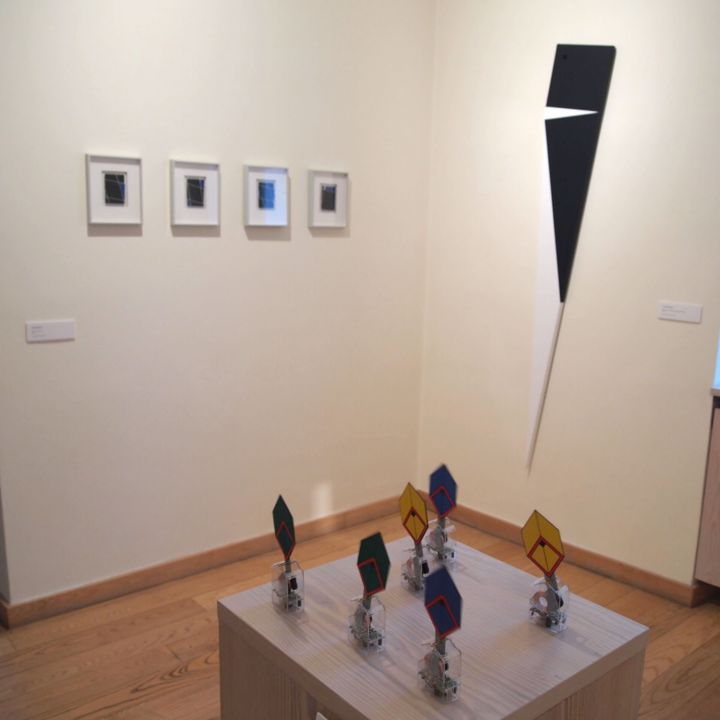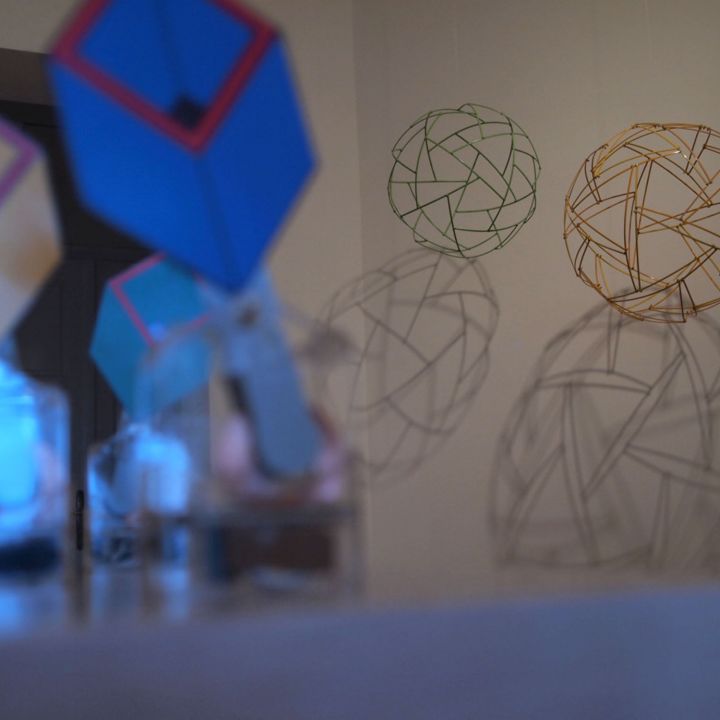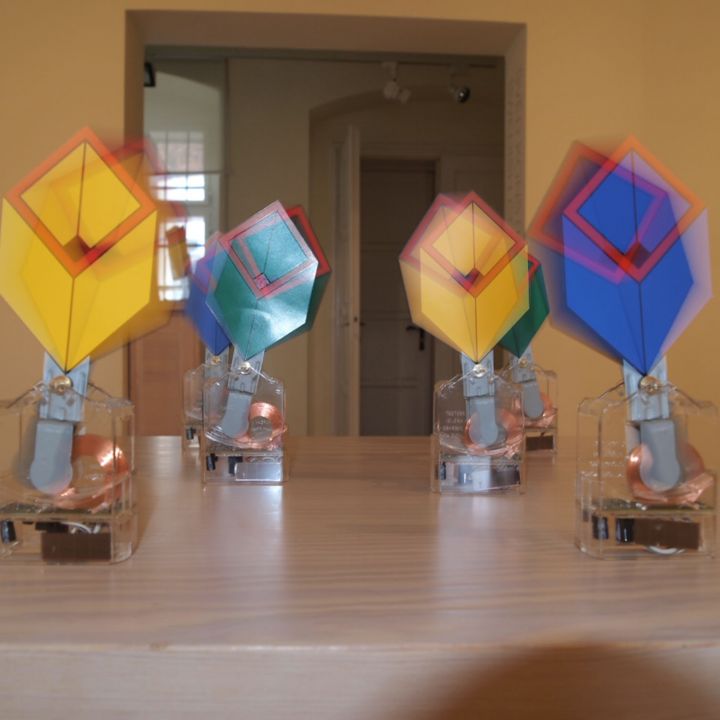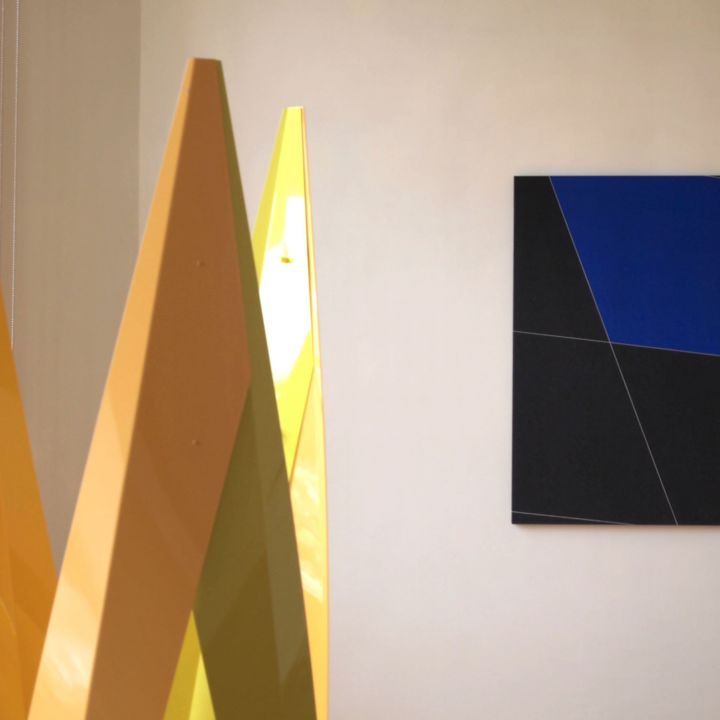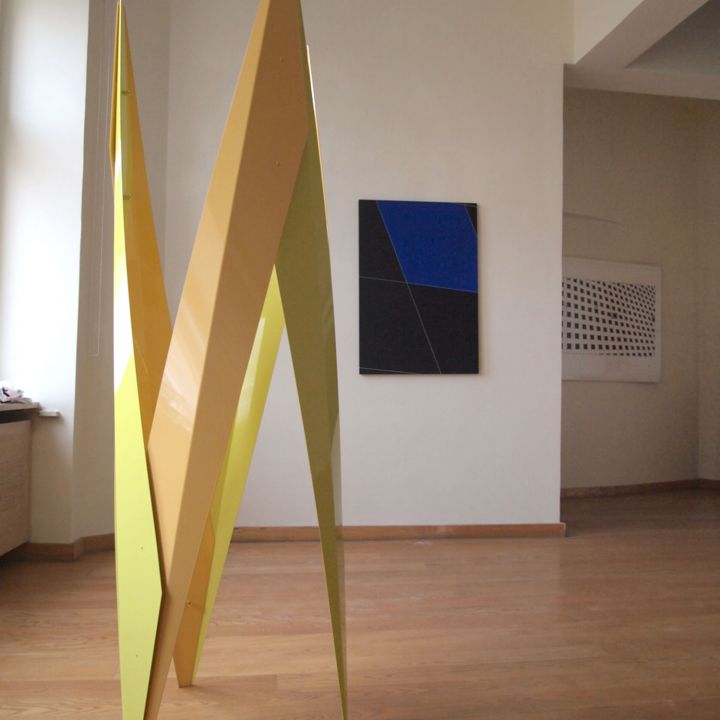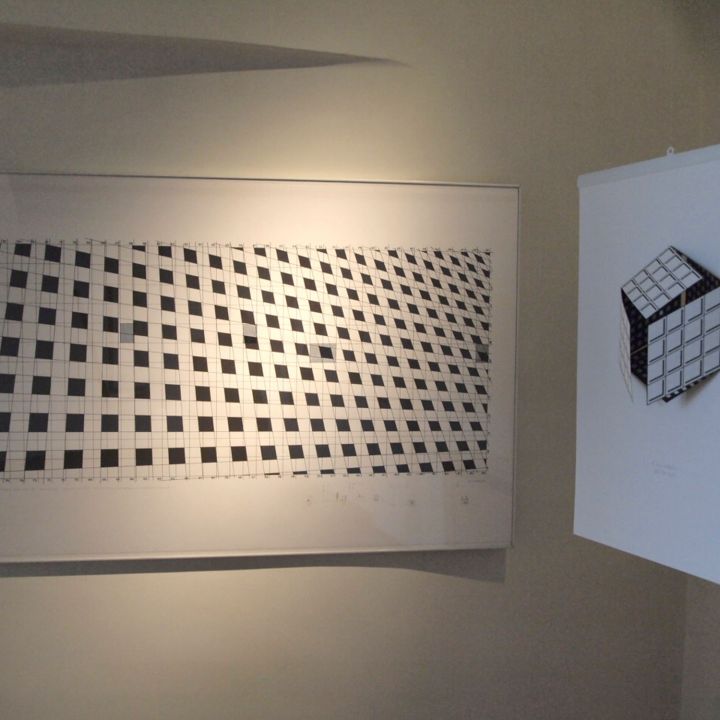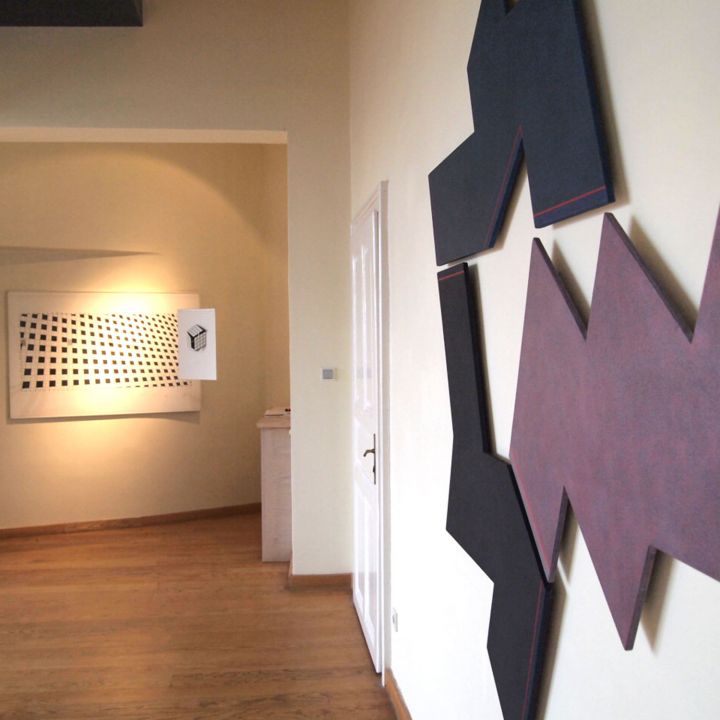"Art can be approached on many levels, the key is to do it with an open mind and heart."
Artists with Yggdraszill roots, Swedish constructivists
"Swedish art history, like all other branches of Swedish culture, is young compared to the great European civilisations. From an international perspective it begins at the end of the 18th century with the arrival of portrait painter Alexander Roslin and sculptor Tobias Sergel. However, Swedish painting only really came to life at the end of the 19th century, during the era of national romanticism. In Swedish art as in Swedish literature and architecture the love of nature was the basic motif of art.
"As is often the case in countries further away from the 'mainstream', Swedish art is characterised by the emergence of a talented blend of elements borrowed from larger cultures. The proximity of Russia has had many positive and negative influences on Sweden's history. One of the most valuable of these influences is the influence on Swedish art of the Suprematism and Constructivism that emerged in the 1920s, through the work of Malvich, Rodchenko, El Lissicki and Tatlin. An example of this is the influence on the artist Hilma af Klint (1862-1944), a Swedish pioneer of abstract art and the creator of the first abstract painting.
The artists in this exhibition drew from the great artistic revival of the sixties. As in the worlds of music, design, film and literature, the 1960s saw a wide range of Swedish artists achieve outstanding success in the visual arts. Founded in 1958, the collection of the Stockholm Museum of Modern Art is now a treasure trove of 20th century fine art, painting, graphic art, lithography and photography and one of the most important style-generating institutions in contemporary art history in Europe.
The central figure of the exhibition in Veszprém is Torsten Ridell (1946), a member of the international MADI movement, who lives in Paris and Sweden. His concrete and constructive works are characterised by minimalism, thinking in terms of black and white contrasts. Ridell's meeting in Paris with Carmelo Arden Quin, founder of the MADI art movement had a decisive influence on Swedish Constructivist art/artists, a growing number of whom have appeared in international MADI exhibitions in Budapest, Győr, Paris, Moscow, Milan...
I remember what a pleasure it was to see Cajsa Holmstrand's (1951) objects moving in the sunlight on the Paris-Győr-Bratislava route in the Mobile exhibition series, a dozen of which are part of the Mobile MADI Museum and some of which are on display here. The central idea behind Cajsa's work is connection. She works to create a permanent system of relationships using a single form: the square in plane and the cube in space, based on the mathematical foundation of the Pythagorean theorem, a statement of Euclidean geometry.
It was also through MADI that we came into contact with the painter and sculptor Carl Magnus (1943). His polygonal, darkly coloured objects and ornametric folds have an architectural influence, and it is true that he was impressed by the famous staircase motif of the Swedish architect Zetterwall. Carl's choice of colours is strongly influenced by his relationship with nature, the early morning mist, the saturated earth, the blue-grey ..., the fragmented white tones of icy lakes.
Einar Hoste (1930) is one of Sweden's most famous constructivist sculptors and like his wife Cajsa Holmstrand he works at the border between art and science, creating large-scale geometric spatial sculptures, sculptures and the conceptual paper objects and screen prints presented here. His artistic concerns are the exploration of 'enclosed spaces', the question of what is and what happens within forms.
Painter and sculptor Lars Englund (1933) replaced his initial dark-toned geometric form paintings with sculptures that expressed mathematical, geometric laws, preferring to use the material of the day, coloured plastic.
Last, but not least, we will see the superb spatial-geometric steel constructions of the oldest master, Jan Harry Persson (1929), which have a striking architectural line. Space in space. Tatlin's constructivist tower is also brought to life. His wall wire structures mark the absence of nodes. They shape space, the deficit. "
Zsuzsa Dárdai, curator of the exhibition

